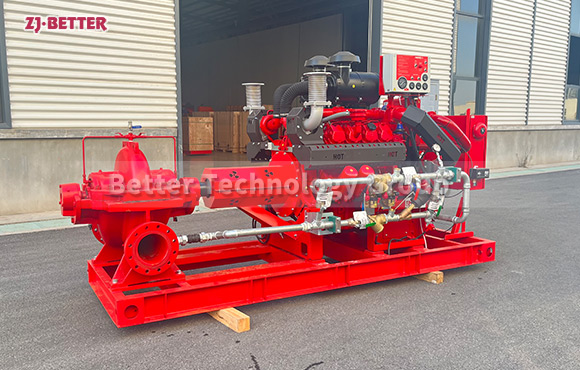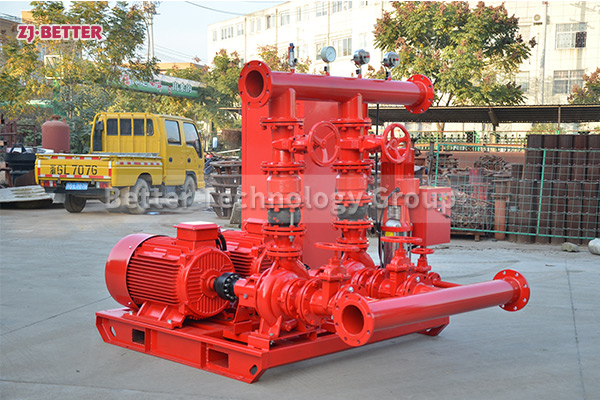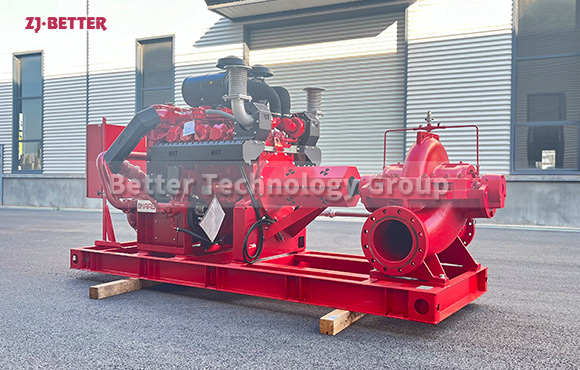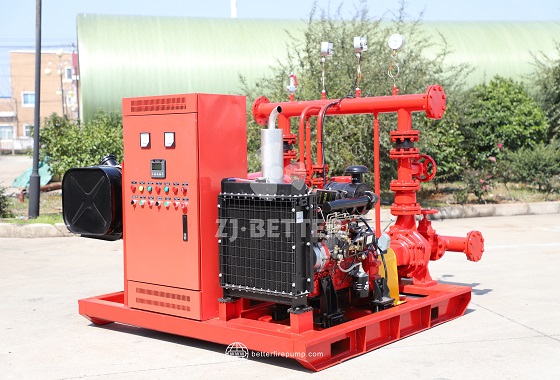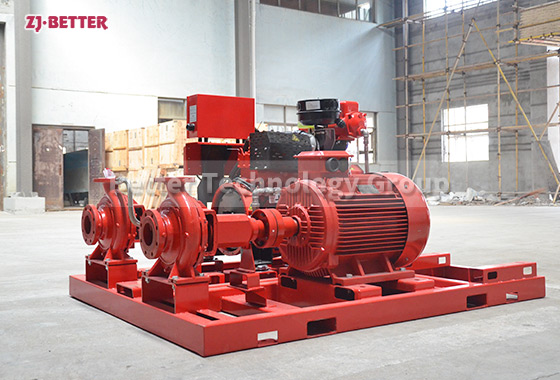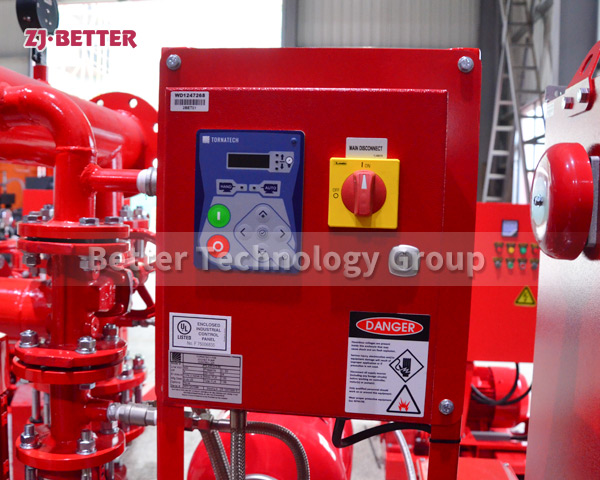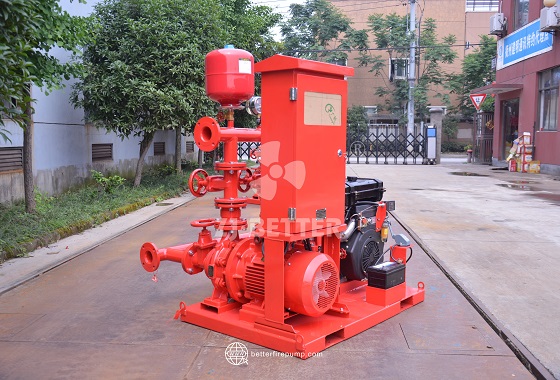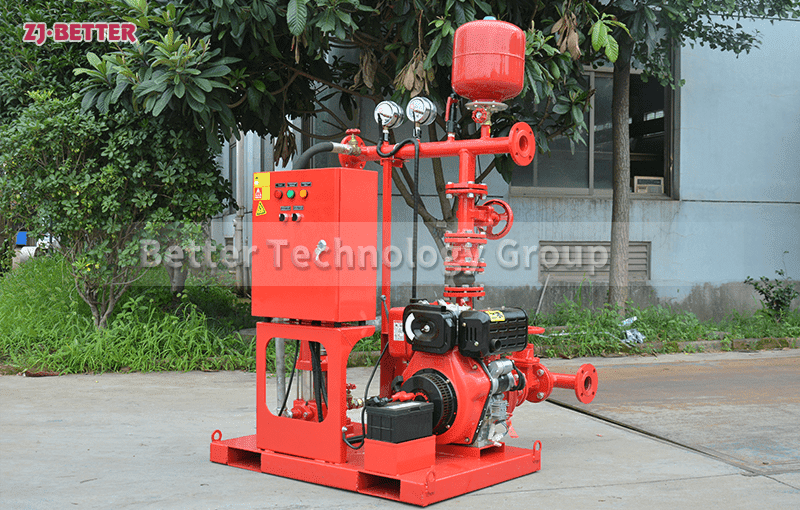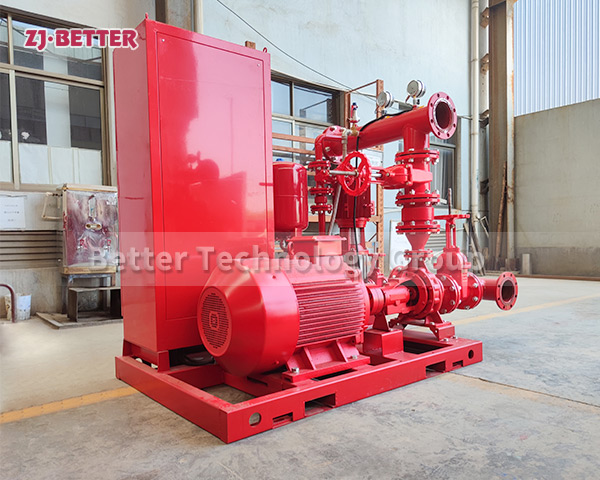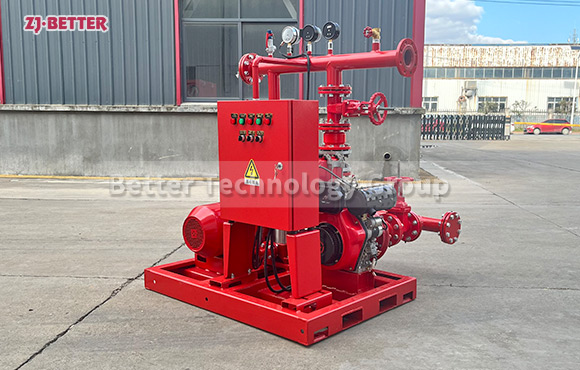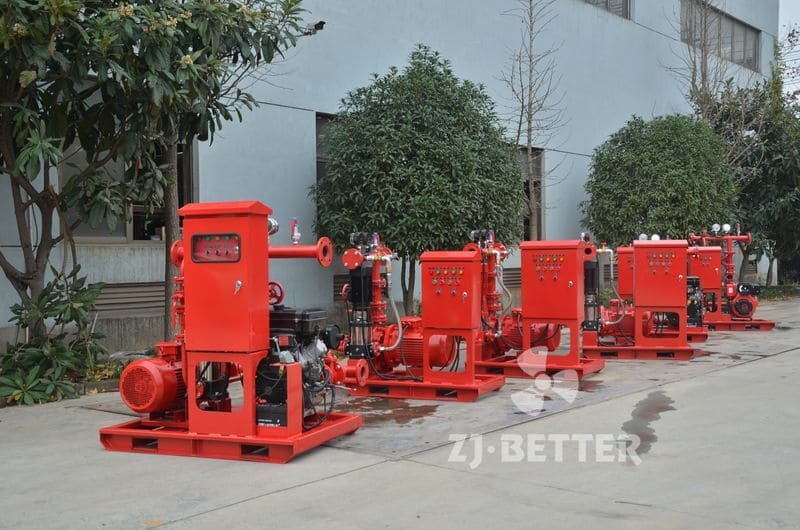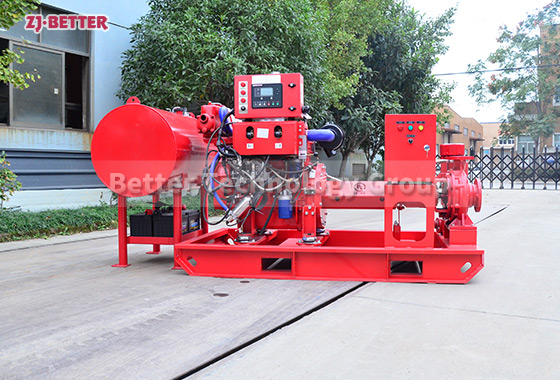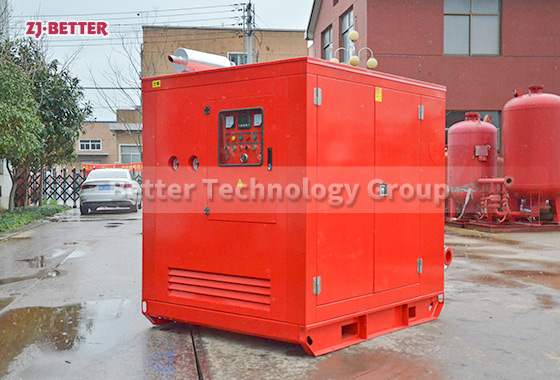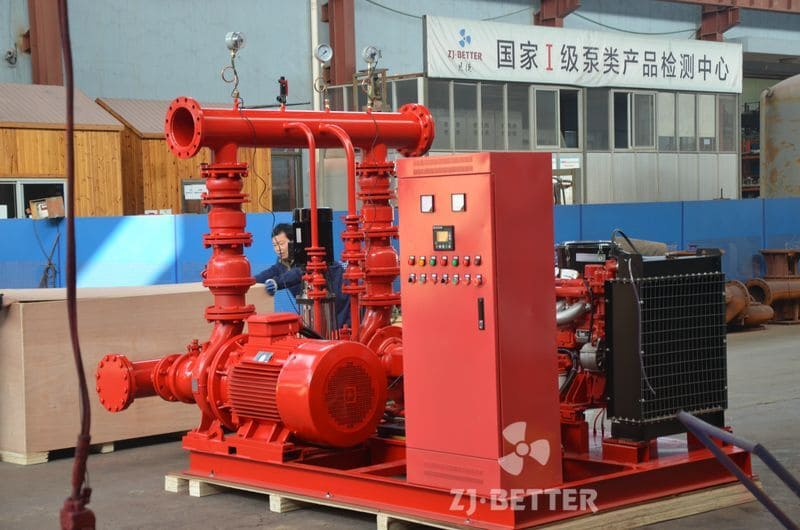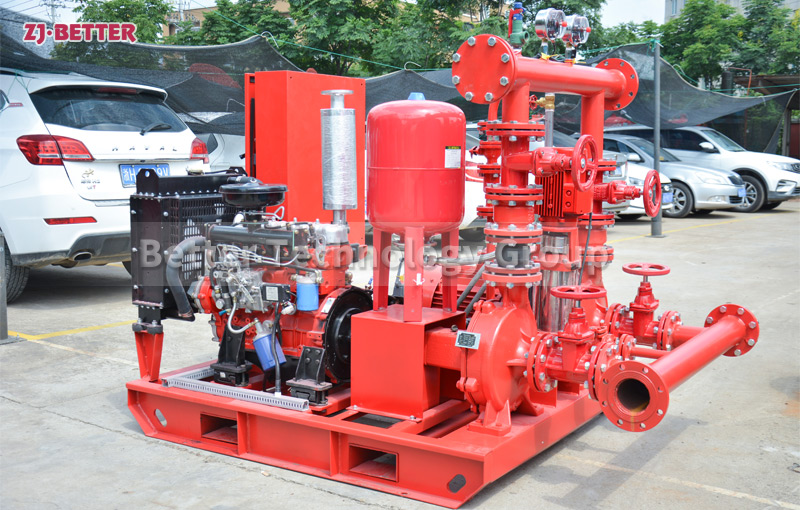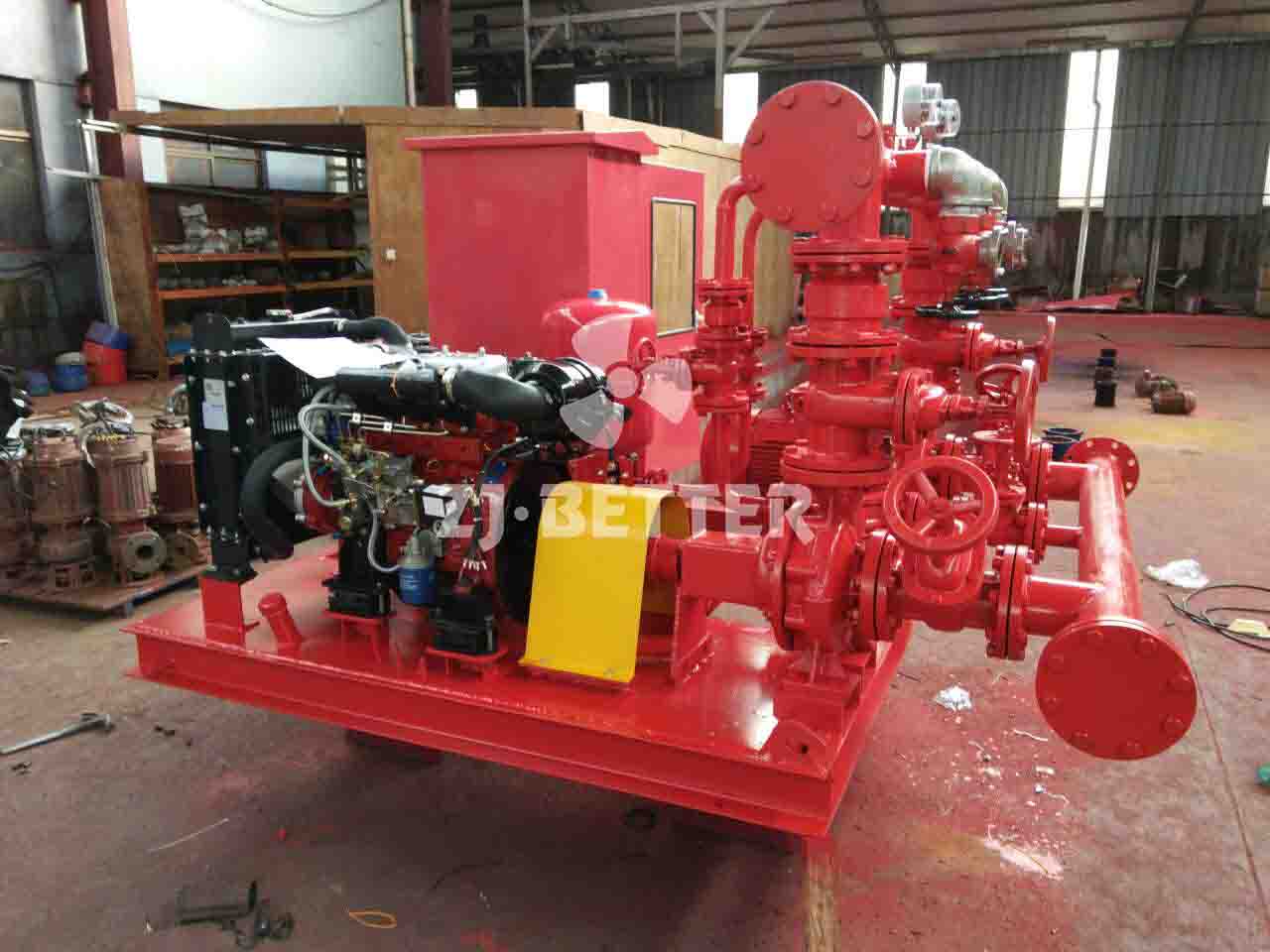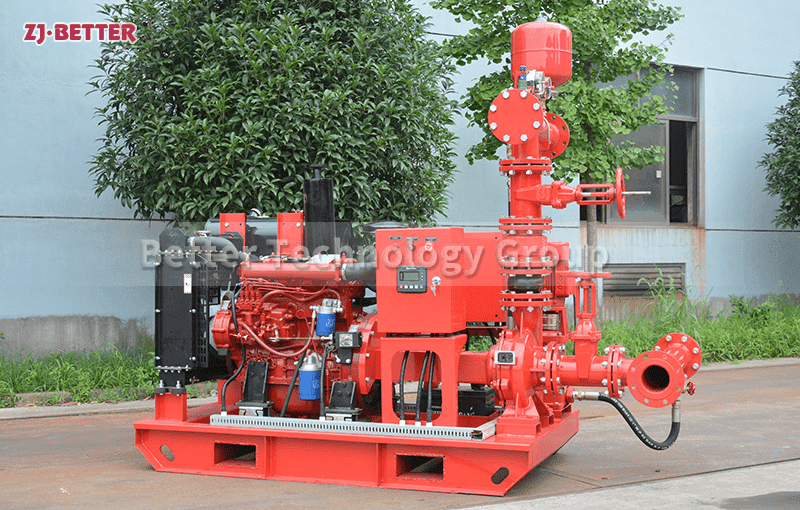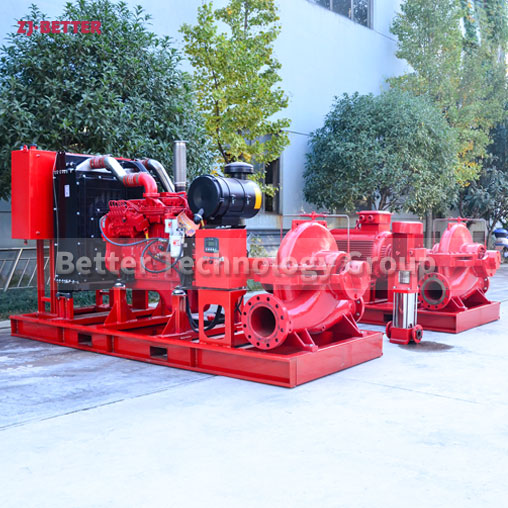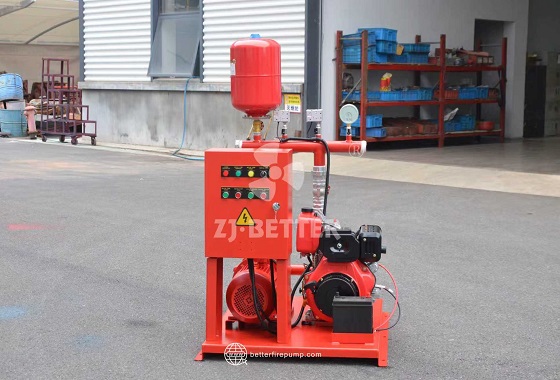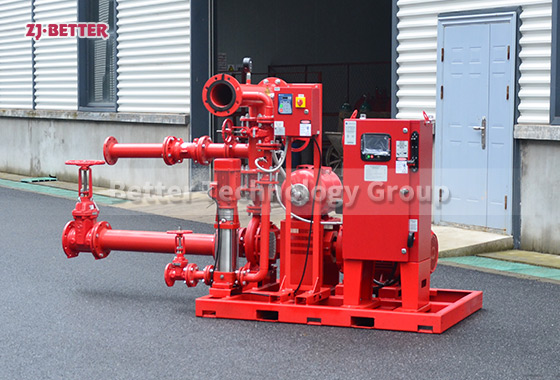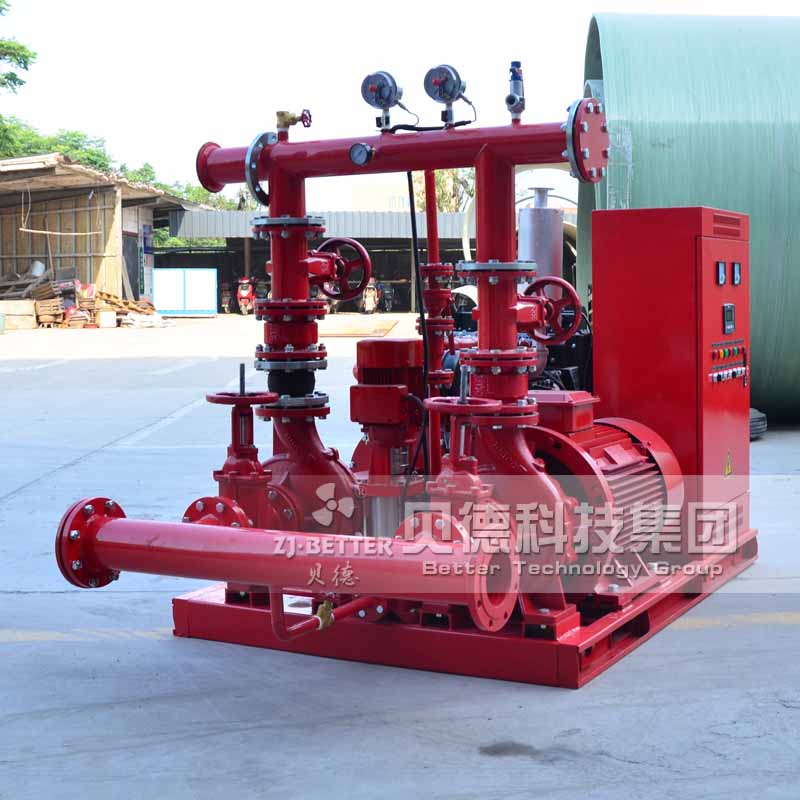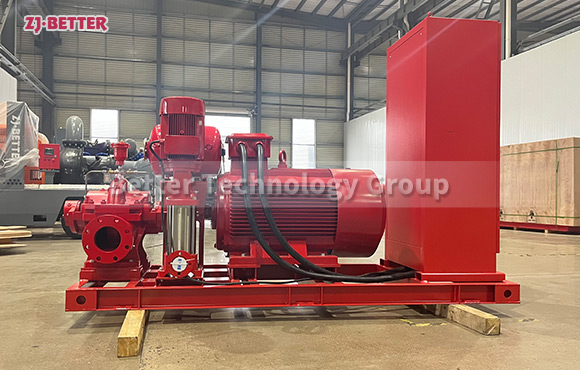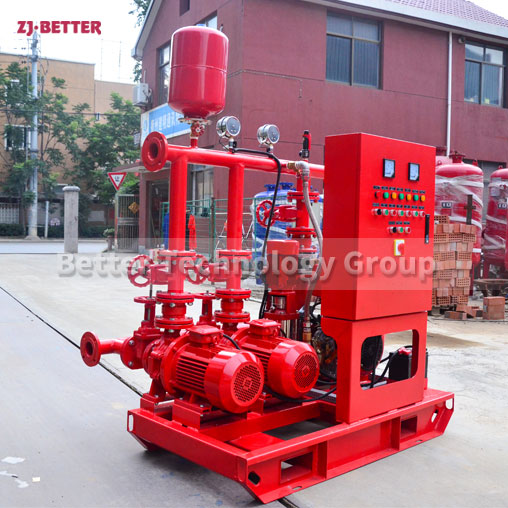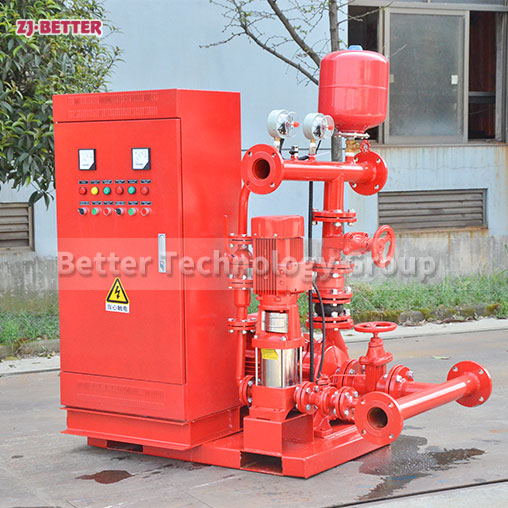Home » Fire Pump Set » Do jockey pumps have specific start and stop pressures?
Do jockey pumps have specific start and stop pressures?
Yes, jockey pumps are typically set to maintain the system pressure by turning on at a slightly lower pressure and turning off when the desired system pressure is restored. The start and stop press...
Contact US
Get Price
Share:
Content
Yes, jockey pumps are typically set to maintain the system pressure by turning on at a slightly lower pressure and turning off when the desired system pressure is restored. The start and stop pressures are set so that the jockey pump activates before the fire pump and maintains the system pressure during normal conditions. Proper calibration ensures the jockey pump efficiently handles minor pressure drops.
Inquiry
More Fire Pump Set


